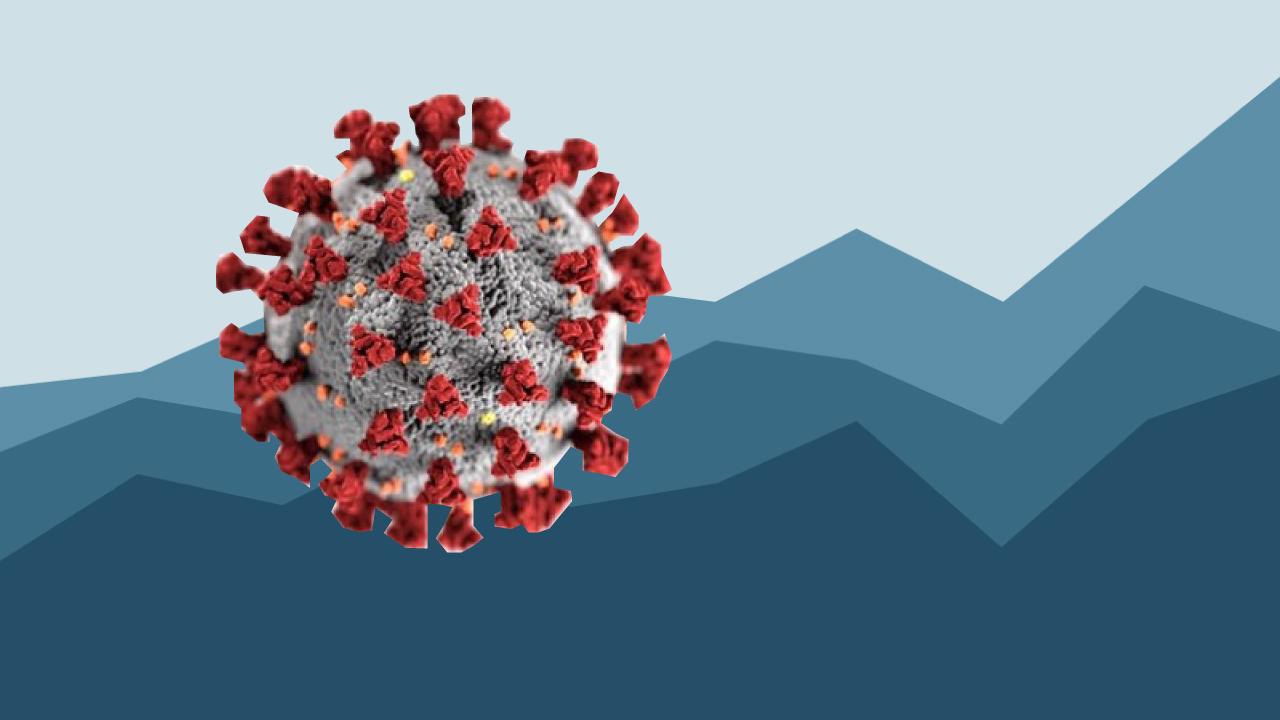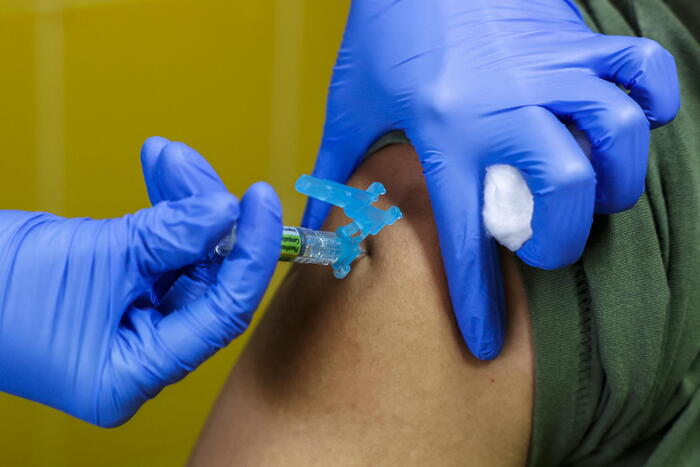"I say to the French, if the indicators are not there, we will not define May 11 or we will do it more strictly," said Prime Minister Édouard Philippe Tuesday April 28 at the National Assembly during his presentation of the deconfinement plan. Evolution of the number of hospitalizations linked to Covid-19, number of new admissions to intensive care or the number of tests carried out are all key indicators to follow the evolution of the epidemic from day to day.
The first cases of Coronavirus contamination in France were detected at the end of January. The Covid-19 epidemic went to stage 2 on February 28 when 100 people are infected with the virus, mainly in the Oise. On March 11, the epidemic was considered a pandemic by the World Health Organization. Stage 3 was launched on March 14 in the face of the rapid increase in the number of cases. At this stage, the virus is actively circulating in the territory and efforts must be made to limit the risk of saturation in hospitals. Indeed, from mid-March, the curve of cases of infections in France follows an exponential growth. On March 17, when the number of cases on the territory is preparing to cross the 10,000 mark, France enters containment.
Surveillance of the epidemic is no longer limited to identifying cases of infection but rather to measuring the impact of the epidemic on health facilities. Surveillance made possible by daily data on hospital activity linked to Covid-19 published by the national public health agency. The number of hospitalizations and more particularly that of people admitted to intensive care, the most serious cases, are decisive indicators for monitoring the evolution of the epidemic in the territory.
Thus, the peak was reached on April 8 with no less than 13,973 patients admitted to intensive care. The epidemic from this date enters a plateau phase which results in a reduction of the pressure on the resuscitation services. The slowdown in the number of admissions to intensive care remains to be compared with the increase in hospitalizations which, meanwhile, continued to increase between the end of March and the first week of April.
The number of patients admitted to intensive care is key. The number of additional patients each day makes it possible to measure the number of people to be treated compared to the previous day. It is a question of monitoring the share of resuscitation beds occupied compared to the initial capacity and thus the capacity to take care of the sick. The balance of new resuscitation entries has been negative since April 9, after three weeks of confinement. Consequently, the number of hospital discharges of patients with Covid-19 becomes greater than the number of admissions, with an average of 250 fewer people being resuscitated daily. An indicator to be scrutinized because any increase could be the sign of a new wave of the epidemic.
Active circulation of the virus is an indicator based on the proportion of emergency visits for suspected Coronavirus. It compares the number of emergency visits for suspected Covid-19 to the total number of emergency visits.
Currently around 3%, it has exceeded 22% at the height of the crisis on March 27 and March 30. According to Public Health France, this rate constitutes an early indicator to assess the circulation of the virus. It is collected using the SurSaUD surveillance system (Health surveillance of emergencies and deaths) as well as data from emergency services participating in the Oscour network, the organization of coordinated surveillance of emergencies.
Similarly, in the field, the number of medical acts for suspicion of Covid-19 reported by SOS Doctors associations is helping to monitor the epidemic. Data that complements that from health establishments.
Currently nearly 400,000 tests have been carried out, 17% of which are positive. Screening for infection is based solely on the use of a PCR (polymerase chain reaction) test. This test makes it possible to specify whether, at an instant T, the person is carrying the virus or not. However, the number of confirmed cases is limited to tests performed on the most serious cases. Thus the actual number of Cov-19 cases in France is therefore higher than the estimated number of confirmed cases
These combined indicators help to assist in the decision to deconfinement. They also show that the epidemic is not evolving in the same way according to the departments. Hospital tensions are higher in Île-de-France as well as in Eastern France, while the virus circulates less strongly in a large part of the Southwest. The two colors "red" or "green" must make it possible to define the level of relaxation of the restrictions from deconfinement.














